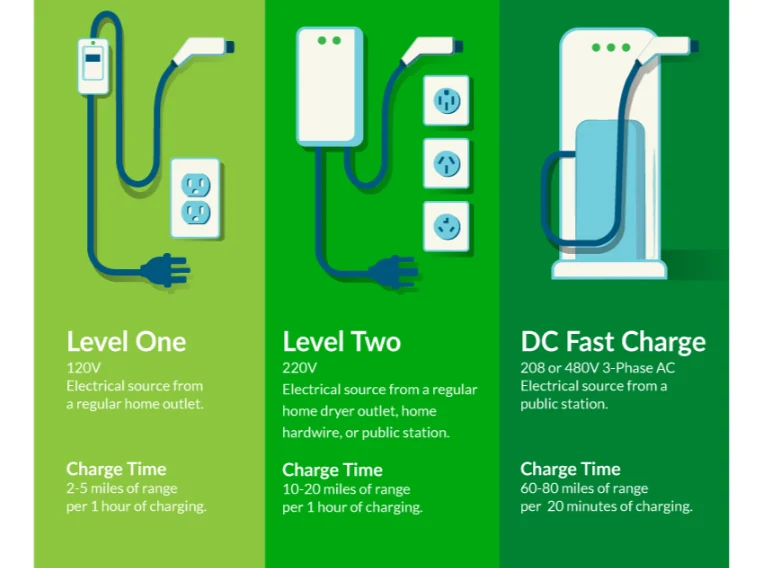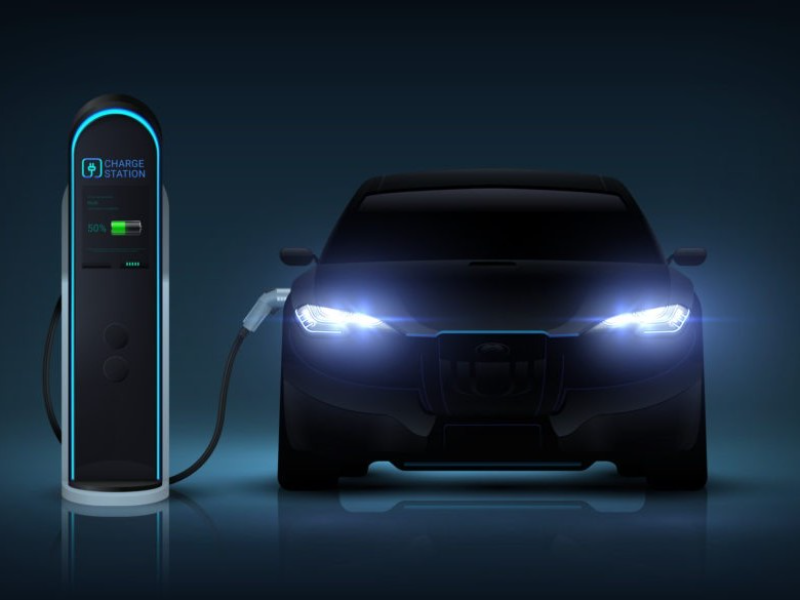- An EV charger is a device that pulls electrical current from a power source and delivers it to an EV, ensuring the battery remains charged.
- EV chargers are classified as Level 1, Level 2 and Level 3, each with different charging speeds and power requirements.
Electric vehicles (EVs) have transformed the automotive industry, and with this revolution comes a new way of refueling: EV charging. But what exactly are EV chargers, and how do they work? This article aims to provide a clear and concise explanation of these essential components of the EV ecosystem.
EV chargers are an integral part of the electric vehicle experience. With a clear understanding of how they work and the different types available, EV owners can make informed decisions about home and public charging solutions. As the EV market continues to grow, so too will the charging infrastructure, making EV ownership even more convenient and accessible.
What are EV chargers?
EV charging is the process of transferring electrical energy from a power source to an EV’s battery. It’s similar to charging any electronic device, but on a much larger scale.
An EV charger is a device that pulls electrical current from a power source and delivers it to an EV, ensuring the battery remains charged.
Also read: The 5 biggest EV charging companies
3 types of EV chargers
EV chargers are classified as Level 1, Level 2 and Level 3, each with different charging speeds and power requirements.
- Level 1: These are the slowest, using standard household outlets (120 volts). They are convenient but add only a few miles of range per hour of charging.
- Level 2: Faster than Level 1, these require a 240-volt circuit and can significantly reduce charging time. They are the most common choice for home installations.
- Level 3: Also known as DC Fast Chargers, these are the fastest, capable of charging an EV to 80% in about 30 minutes. However, they are typically found in public spaces due to their high power requirements (480 volts).

How EV charging works?
The functionality of an EV charger is akin to recharging any other electronic device, but on a grander scale.
An EV charger extracts electrical current from a 240v power supply—similar to plugging an appliance into a wall socket—and then delivers this power to the vehicle. The process is facilitated through a charging cable that connects to the vehicle’s charging port, usually located in a position analogous to a fuel cap on a traditional car.
Given the variety of EV models, different charging cables and connectors may be required. While a J1772 plug is the norm for most EVs, Tesla vehicles use a unique connector. This distinction necessitates the use of adapters for compatibility between chargers and vehicles not designed for a specific brand.
Also read: Understanding charging networks: An overview
Setting up home charging
For EV owners, the ability to charge at home is a significant advantage.
Level 1 chargers are ideal for those with shorter commutes, while Level 2 chargers provide a faster solution for longer distances. The choice of charger depends on personal preferences, parking situations, and the home’s electrical capacity.
The cost of EV chargers varies, with Level 1 being the most affordable and Level 3 being the most expensive due to their high power requirements. Level 2 chargers offer a balance between cost and speed, making them a popular choice for home installations.
Besides, the ability to install an EV charger at home is influenced by parking arrangements and the home’s electrical system. Homeowners with private parking spaces are more likely to install Level 2 chargers, while those who park on the street may need to rely on public charging options.
Expanding EV infrastructure
Public EV charging stations provide flexibility for EV owners who need to charge away from home. These stations can be free, require a key FOB, or demand payment via credit card. Their operation should be clearly indicated.
Businesses can also install public charging stations to attract customers. By incorporating EV charging stations, businesses can provide a valuable service to customers, potentially increasing the duration of their visits and fostering customer loyalty.

